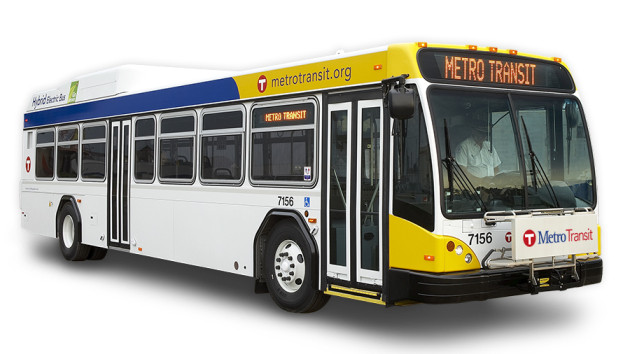Public buses: The poster child for government waste
Florida has many public transportation systems. The most common are buses. Public bus systems rarely pay for themselves. Rather they are heavily subsidized by the federal, state and local government. The system that WDW – FL analyzed was the Sarasota County Area Transit bus system or SCAT. SCAT is one of the better run bus systems for a medium sized Florida county.
After reviewing the data provided to WDW – FL (available to the Sarasota County Commissioners) by SCAT our analysis found:
SCAT in FY 2013 lost $22.59 million (operating minus fairs). The loss was covered by federal ($3.2M), state ($2.6M) and local ($16.8M) taxpayer revenues. SCAT lost $1.02M per route or approximately $7.28 per passenger.
To break even the county would have to raise the fees by approximately $7.50 per passenger.
To determine if this system was cost effective and to aid our analysis we asked a series of questions about SCAT to Sarah Blanchard, AICP from SCAT. Blanchard provided us with the following answers.
1. How many passengers annually by year for the past 5 years?
See PowerPoint Ridership below:
2. What is the cost of salaries, benefits and retirement costs in the numbers?
Salaries and Fringes are identified in the following table.
|
FY2007 |
FY2008 |
FY2009 |
FY2010 |
FY2011 |
|
| Salaries & Fringes | $9,819,784 | $10,675,148 | $10,996,414 | $11,111,303 | $10,988,695 |
3. Are SCAT personnel under the Florida Retirement System or a 401k plan?
Yes. All SCAT personnel are under the Florida Retirement System (FRS). NOTE: The FRS Investment Plan is a “defined contribution retirement plan” qualified under Section 401(a) of the Internal Revenue Code.
4. What are the rider fees over the past 5 years?
See below PowerPoint Total Operating Revenues by Funding Source. The area in green represents Farebox, Passes, and Services.
5. What is the capital costs over the past five years?
Capital costs for the past five years are identified in the following table.
| Capital |
FY2007 |
FY2008 |
FY2009 |
FY2010 |
FY2011 |
| Federal Funds | $4,474,463 | $383,876 |
$1,999,171 |
$862,937 |
$8,133,077 |
| State Funds | $190,238 | $333,915 |
$76,880 |
$254,732 |
$549,652 |
| Local Funds | $1,784,090 | $332,768 |
$1,144,849 |
$672,506 |
$2,049,307 |
|
Total |
$6,448,791 | $1,050,559 |
$3,220,900 |
$1,790,175 |
$10,732,036 |
6. What do hybrid buses cost versus normally aspirated buses?
The following pricing is extracted from most recent SCAT Purchase Orders for buses. These are average pricing and represent base price plus amenities.
Hybrid Diesel Electric 29 – 35 Foot: approximately $585,000 (2011 pricing)
Low Floor Diesel 40 Foot: approximately $422,000 (2010 pricing)
7. How many buses does the county own?
SCAT owns 121 vehicles (65 Fixed Route, 8 Commuter Buses, 48 Paratransit).
8. What does it cost annually to operate a single bus hybrid and normally aspirated?
Average cost
2006 Hybrids Cost Per Mile is 0.33
2006 Diesels Cost Per Mile is 0.24
2009 Hybrids Cost Per Mile is 0.17
2011 Hybrids Cost Per Mile is 0.08
RELATED COLUMNS:
Public Buses and Blackout Windows: What are they hiding behind those Foster Grants?





Trackbacks & Pingbacks
[…] – FL has reported on the growing costs of running publicly funded transportation systems (buses, light rail, […]
Comments are closed.